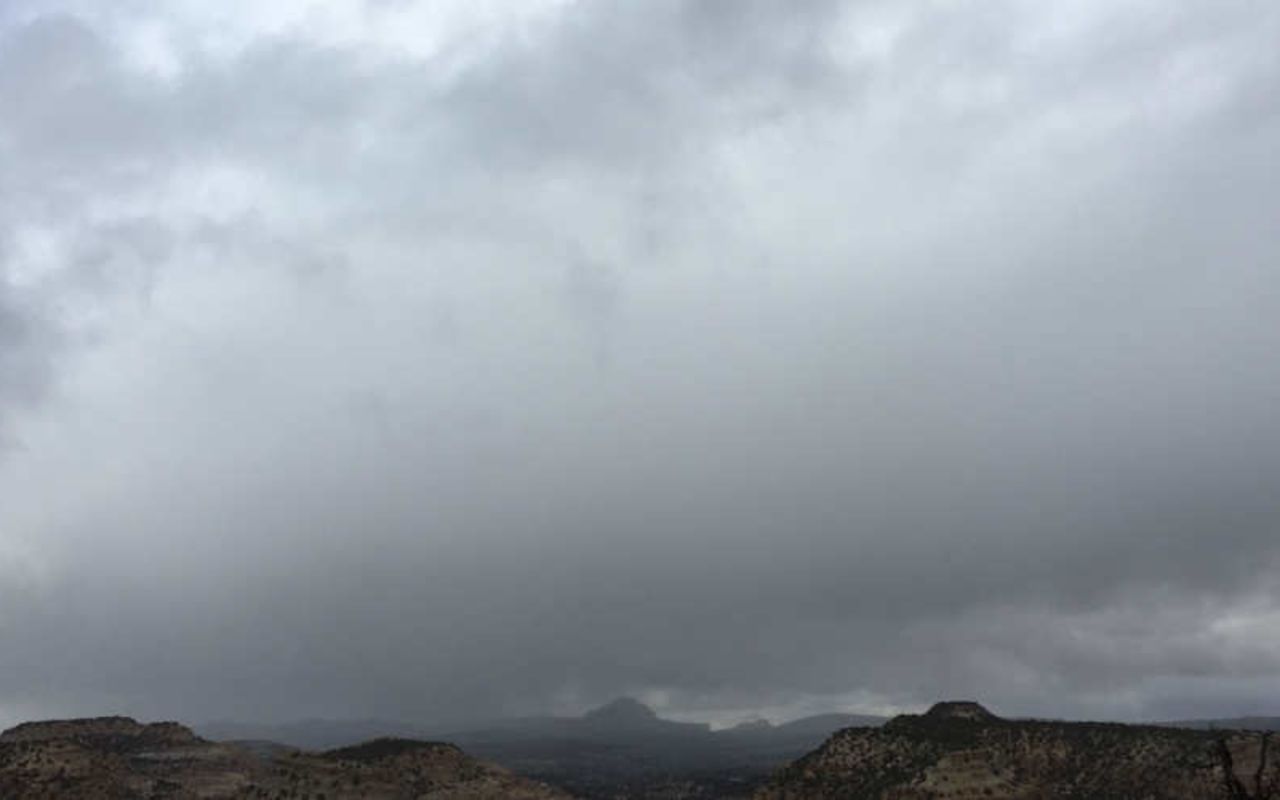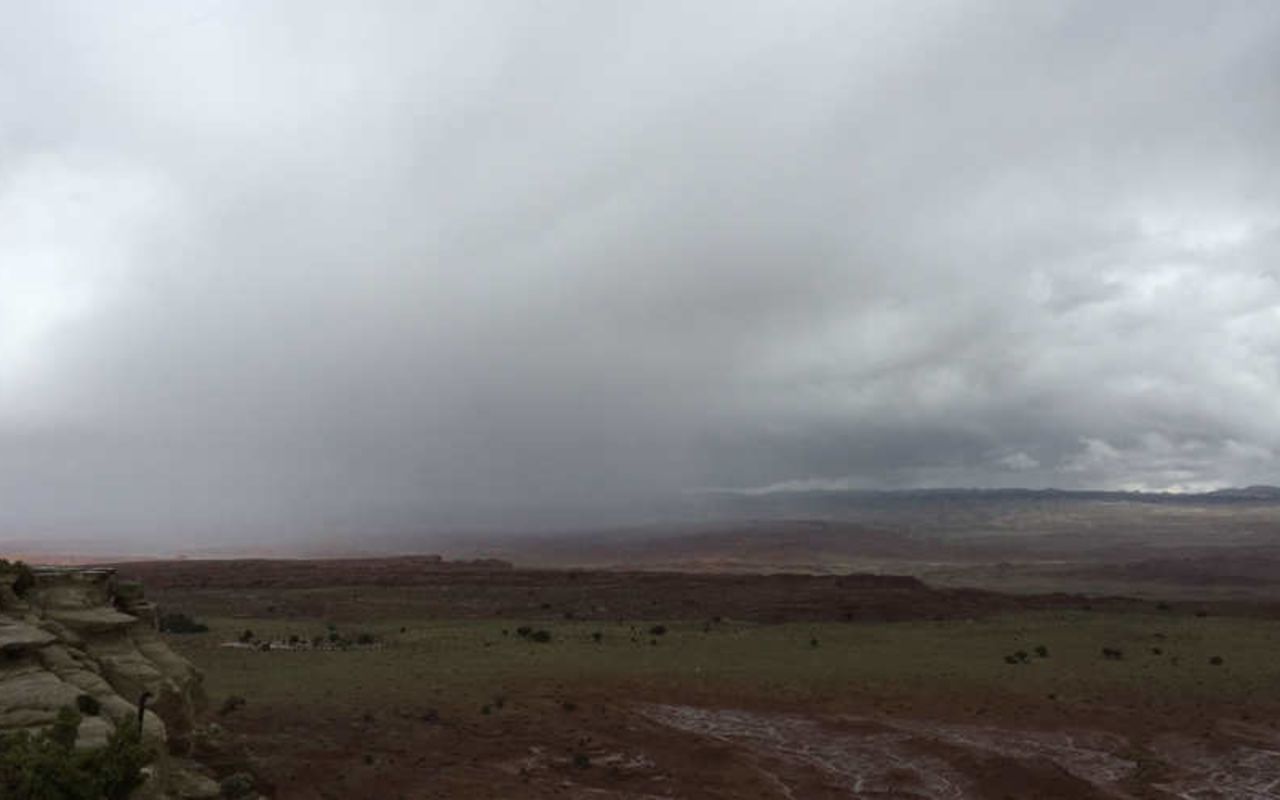Castle Country
Located in Eastern Utah's high desert, Castle Country is as rich in history as it is in spectacular scenery. From prehistoric beasts to immigrants seeking a better life, Castle Country has it all!
147 million years ago this area belonged to the dinosaurs. There are still footprints and thousands of bones left by Allosaurus, Stegosaurus, and Camptosaurus, as well as the long necked Camarasaurus. Today visitors can see where these mighty animals lived and died by visiting the Cleveland-Lloyd Dinosaur Quarry in Emery County. The local College of Eastern Utah Museum in Price and the Museum of the San Rafael in Castle Dale feature life sized skeletons and information on all of these dinosaurs.
During the Ice Age, the first humans entered Castle Country. These nomadic tribes are known today as the Paleo Indians. Although little remains of their culture today, these people opened the door for other prehistoric Indian cultures to make their homes in Eastern Utah. The Archaic culture left behind striking and haunting rock art images as they made their way across the area looking for game. The Fremont people built permanent villages as they survived on farming and hunting. Their rock art adorns the walls of Nine Mile Canyon east of Price. The world famous Nine Mile Canyon is known as the world's longest art gallery with petroglyphs and pictographs covering nearly every mile of its 50 mile length and has been nominated to the National Register of Historic Sites. Early freight lines and stage lines ran in Nine Mile from Price to the Uintah Basin. The stage stop and post office of "Harper" was a lifeline to many early ranchers and settlers.
Castle Country was first settled by trappers whose trade thrived on the various animals which frequent the area, including beaver, fox, mink, rabbit, bear, deer, and elk. Soon, with the Mormon expansion underway, settlers were sent by Brigham Young to develop outlying communities. Emery County was chosen for its fertile land and the promise of agriculture.
As the Utah territory approached statehood, the large county of Emery was divided in two (Emery County and Carbon County). The new county portion was named Carbon for the huge coal deposits found there. When the pioneers settled this Castle Country region, they struggled to carve out a life for their families. Many farmed, some became cattle or sheep ranchers, and still others came to work in the coal mines.
These early pioneers left behind traces of their way of life that are still visible today. Historic cemeteries and several museums document this important part of the past. In Price City's Pioneer Park, the Price Daughters of the Utah Pioneers maintain two log cabins with historic furnishings. The Emery County Pioneer Museum features farming and ranching tools along with a history of early sawmills in the county. The Western Mining and Railroad Museum in historic Helper also features early pioneer history. A marker honoring the pioneer founder of Helper, Techum Pratt, is located nearby.
In 1881, Mormon settler Techum Pratt sold much of his land to the Rio Grande railroad, who was seeking a route between Denver and Salt Lake City. The newly created town was named Helper after the "helper" locomotives that were needed to push the heavy trains over the high mountain grades. As the town grew it attracted scores of immigrants seeking a better life for themselves and their families. These people flocked to Carbon County to work for the new railroad and the blossoming coal mines. Helper became known as the "Town of 57 Varieties" in honor of the different ethnic groups living and working there, including Italians, Greeks, Slovenians, Japanese, and Chinese, just to name a few. The Helper Commercial District is listed on the National Historic Register. Helper today is a unique community which highlights its artistic and ethnic heritage.
Dozens of coal camps sprang up around Helper and outlying areas near coal deposit locations. In the area known as Spring Canyon, over 2,000 people lived in six separate camps. Spring Canyon had a heated swimming pool and all of the towns had their own schools. One of the largest towns, Standardville, even boasted a hospital. It was in Castle Gate where Butch Cassidy and the Sundance Kid, along with the Wild Bunch, robbed the Castle Gate Mine Offices in 1898.
When transportation became more reliable and coal prices dropped, these coal camp towns slowly died away as more and more people moved into the population centers of Helper and Price. Today, all that remain of the days when coal was king and company-owned towns were the norm are the ghost town remnants of a time long ago.
Situated high on the mountainside east of Helper, the coal camp town of Kenilworth was owned by the Independent Coal & Coke Company. However, Kenilworth is one coal camp town that is still a "living" town, as there are descendants of the original settlers residing there. The scenic mountain beauty and history of the area has also enticed new people to move in and take up residence.
Coal Mining has always been a dangerous occupation and Castle Country has seen its fair share of disaster. The Winter Quarters explosion on May 1, 1900, killed 200 men and boys. Winter Quarters was located just a mile from the town of Scofield and was primarily settled by immigrants from Finland and Scandinavia. The historic Scofield Cemetery is the final resting spot for most of the victims. Visitors can walk among the headstones and imagine the horror of that day over 100 years ago. In 1924, another catastrophic explosion rocked Castle Country when the Castle Gate Mine ignited in a fireball that killed 171 men. This explosion left over 100 children without fathers. Today, the cemetery at Castle Gate is one of the few remains of this historic mining town.
There are interesting occupants of the historic sections of cemeteries in Castle Country. The famous outlaw, Gunplay Maxwell, was buried outside the original Price City cemetery in the 1800's. Then his marker became one of those located in the middle area when the city expanded the cemetery grounds. Wild Bunch member turned lawman, Matt Warner, is also buried there. The cemetery features a marker which gives information on various outlaws and relates how Butch Cassidy, of the Wild Bunch, supposedly did not die as originally told but was able to watch his own funeral from the sidelines, because the body identified as his was actually another outlaw. Castle Country, like other towns of the past era, has small cemeteries dotting the landscape in unusual places due to people being buried on their own homesteads or areas near where they died. Castle Gate cemetery features an Austrian section, Carbonville has a charity cemetery, and there was even a Klu Klux Clan section in another. From ornately carved monuments to plain concrete and wooden markers, the historic headstones provide a silent, but graphic and poignant glimpse into the memorable history of the Carbon-Emery region and the unique personality of the Castle Country community.
The town of Price features a walking tour of seven National Register Historic Sites. 1. The Moynier House is a two-story Classical Box style built in 1909. 2. Notre Dame de Lourdes Catholic Church was built by Monsignor Alfredo F. Giovannoni during 1918 to 1923. 3. The oldest Greek church in Utah in continuous use is the Hellenic Orthodox church, the Assumption, which was dedicated on August 1, 1916, and is only the 33rd Greek Orthodox church built in this country. 4. Built in 1913, the Mahleres-Siampenos Building is significant in Price as one of the oldest commercial buildings to retain most of its outstanding architectural features and traditional uses. 5. On February 17, 1911, the Price Tavern was built and formally opened for business. The building has an unusual configuration because of its location along the railroad and main highway, which do not intersect at right angles. 6. The Star Theater, later named the Carbon Theater, was built in 1923-24 by the five Georgedes brothers. 7. Price Municipal Building was constructed as a WPA project during the Great Depression. However, the most notable feature of the building is the vast mural inside the main foyer, painted by the artist by Lynn Fausett. Using old photographs, tintypes and personal recollections, the mural depicts early life and growth of the Castle Country by beginning with the first two men to settle in the area in 1877, and progressing full circle to panels of coal-mining. Visitors can get a glimpse of what life was like in Castle Country in the early years.
Castle Country has a wide variety of religious, cultural, and educational opportunities in the area. The people are hard working, and coal mining has historically been the chief occupation. It is a very diverse, interesting, and beautiful place to visit.
**REQUEST INFORMATION
TRAVEL BUREAU INFORMATION
THE CARBON CORRIDOR**
751 E 100 N
Price, Utah 84501
435-636-3701

